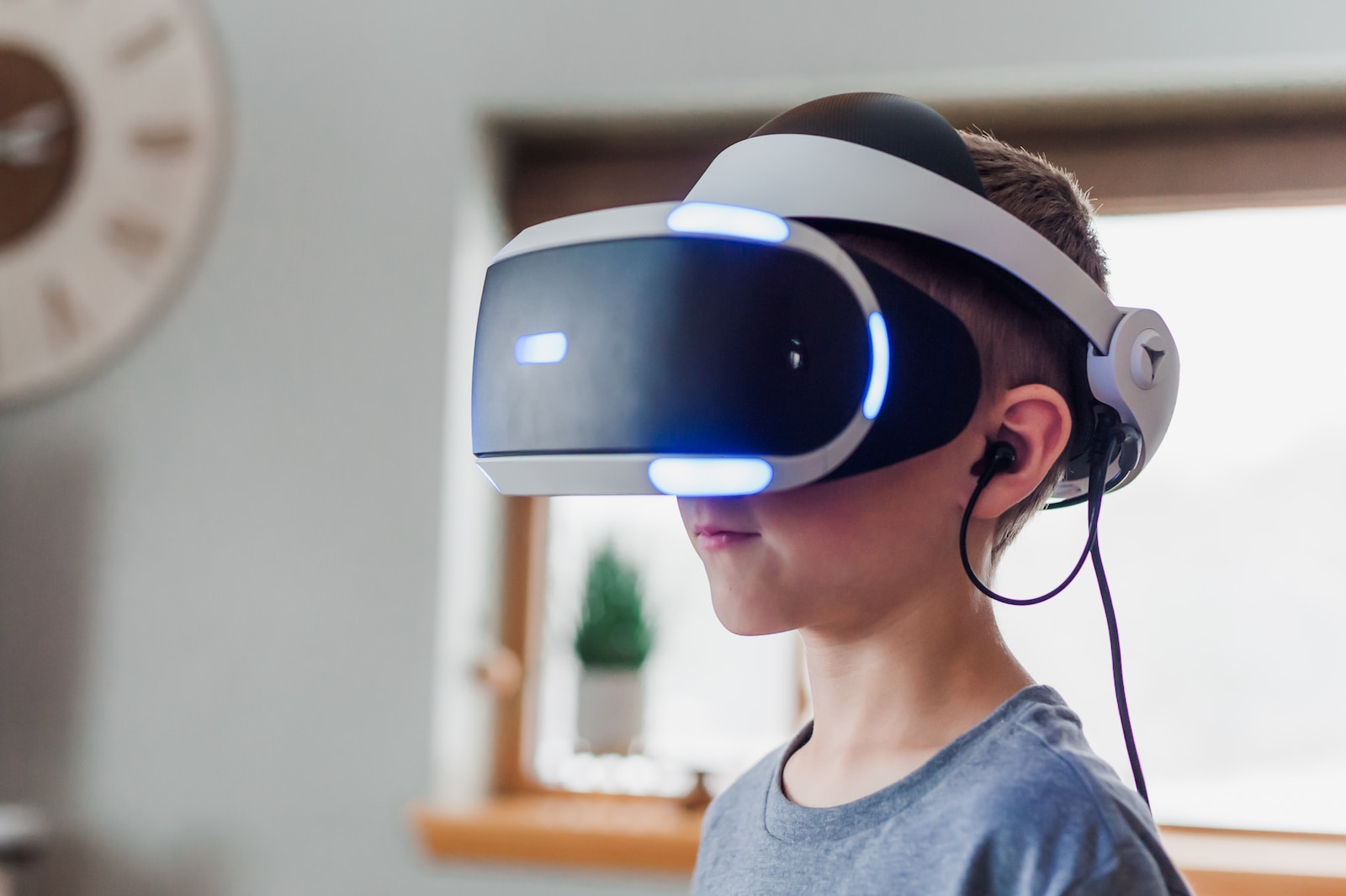
Introduction
In recent years, Augmented Reality (AR) and Virtual Reality (VR) have emerged as transformative technologies, revolutionizing how we experience the world around us. With their ability to merge the physical and digital realms seamlessly, AR and VR have unlocked a new era of immersive experiences. This article explores the potential of AR and VR, their applications in various industries, and the profound impact they are poised to have on entertainment, education, training, healthcare, and beyond.
Augmented Reality: Enhancing Reality with Digital Overlays
Augmented Reality enriches our real-world environment by overlaying digital content onto the physical surroundings. Through AR applications on smartphones, tablets, and smart glasses, users can interact with virtual elements superimposed on their immediate environment. Whether it’s trying on virtual clothes before making a purchase, navigating with AR-powered GPS, or playing location-based AR games, this technology is enhancing user experiences like never before.
Applications of Augmented Reality
1. Retail and E-Commerce:
AR is transforming the retail industry by enabling virtual try-on experiences, allowing customers to visualize how products will look in their homes, and providing interactive product information. This enhances consumer engagement and assists in making informed purchasing decisions.
2. Education and Training:
AR is revolutionizing education and training by offering interactive learning experiences. Students can engage with three-dimensional models, explore historical sites virtually, and participate in immersive simulations that enhance understanding and retention of complex concepts.
3. Healthcare and Medical Training:
In the healthcare sector, AR facilitates advanced visualization during surgeries, enabling surgeons to have real-time guidance and access to critical patient information. AR is also used in medical training to simulate medical procedures and improve medical students’ practical skills.
Virtual Reality: Stepping into Immersive Worlds
Virtual Reality creates entirely virtual environments that users can immerse themselves in through specialized VR headsets. By blocking out the real world and replacing it with a computer-generated one, VR transports users to seemingly real and interactive experiences. From gaming and entertainment to virtual tourism and therapy, VR has a vast range of applications that transport users to different worlds and scenarios.
Applications of Virtual Reality
1. Gaming and Entertainment:
VR gaming has opened up a new dimension of interactive experiences, offering players an unprecedented level of immersion and engagement. From thrilling action games to creative and educational experiences, VR gaming is reshaping the future of entertainment.
2. Virtual Tourism and Travel:
VR allows users to explore far-off destinations and historical landmarks from the comfort of their homes. Virtual tourism provides a realistic sense of place and encourages people to discover new locations and cultures.
3. Training and Simulation:
VR is widely used in training and simulation across industries, including aviation, military, engineering, and more. It provides a safe and cost-effective way to practice complex tasks, emergency procedures, and high-risk scenarios.
4. Mental Health and Therapy:
VR-based therapy is gaining traction in treating various mental health conditions, such as phobias, post-traumatic stress disorder (PTSD), and anxiety. VR exposure therapy creates controlled environments to help patients confront and overcome their fears.
The Future of Immersive Experiences
The future of AR and VR is promising, with technology continuously advancing to create even more immersive and seamless experiences. As hardware becomes more affordable and sophisticated, these technologies will become more accessible to a broader audience, fostering innovation in various industries.
Conclusion
The fusion of Augmented Reality and Virtual Reality is reshaping the way we perceive and interact with the world. From enhancing consumer experiences to revolutionizing education, training, and healthcare, these immersive technologies offer boundless possibilities. As AR and VR continue to evolve, they will undoubtedly redefine the future of entertainment, communication, and human-machine interactions. The era of immersive experiences is here, and the transformative power of AR and VR will continue to shape the way we live, learn, and explore the world around us.




